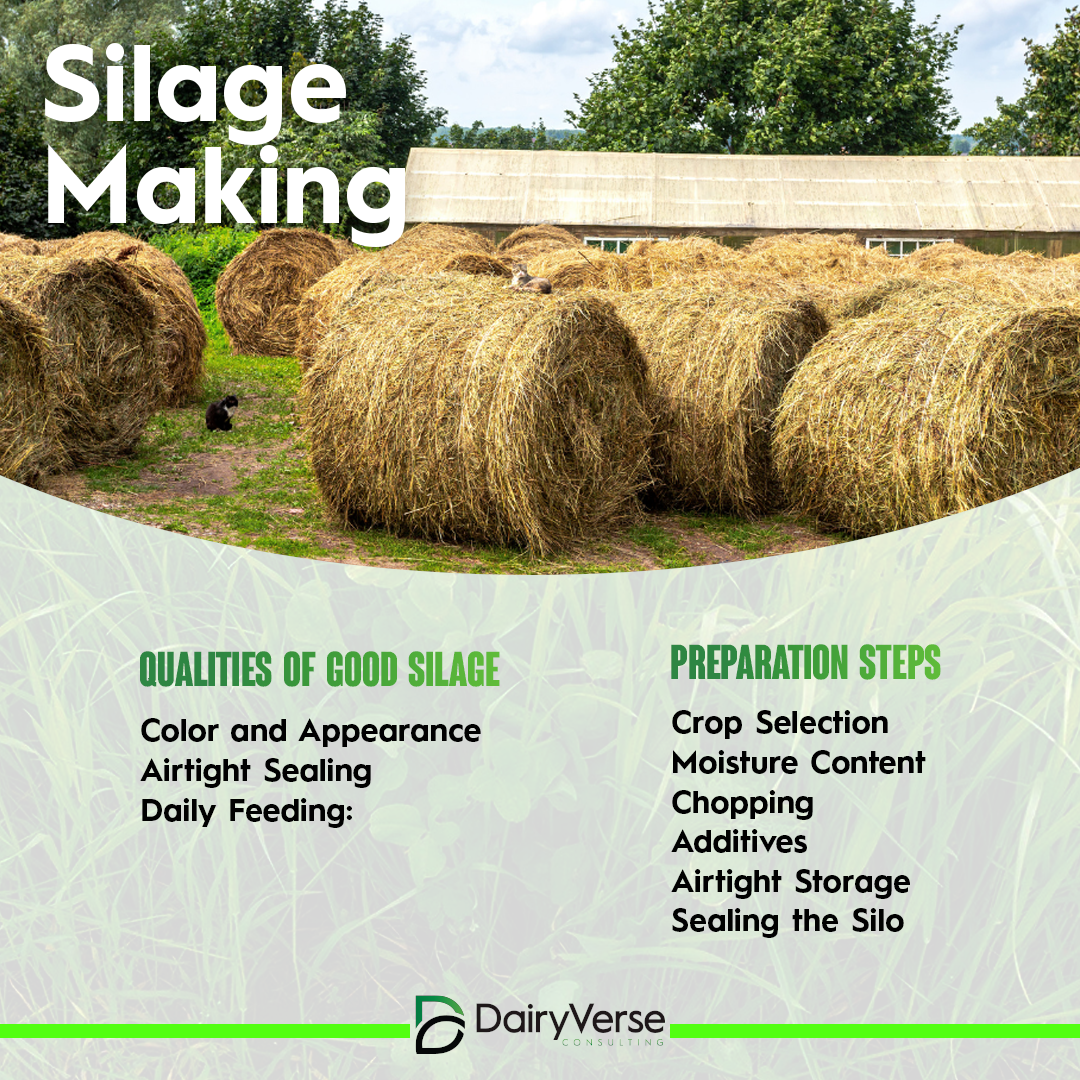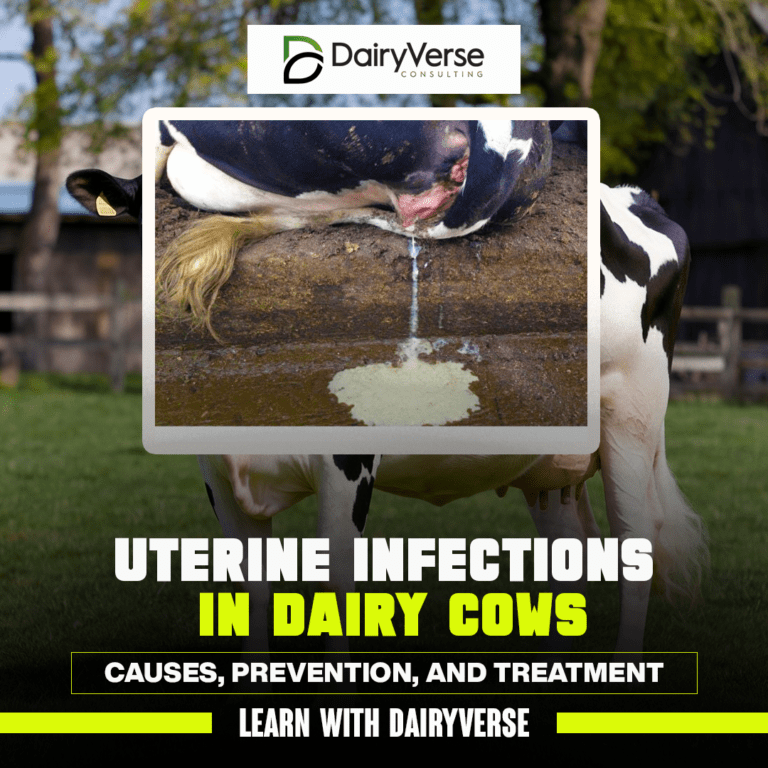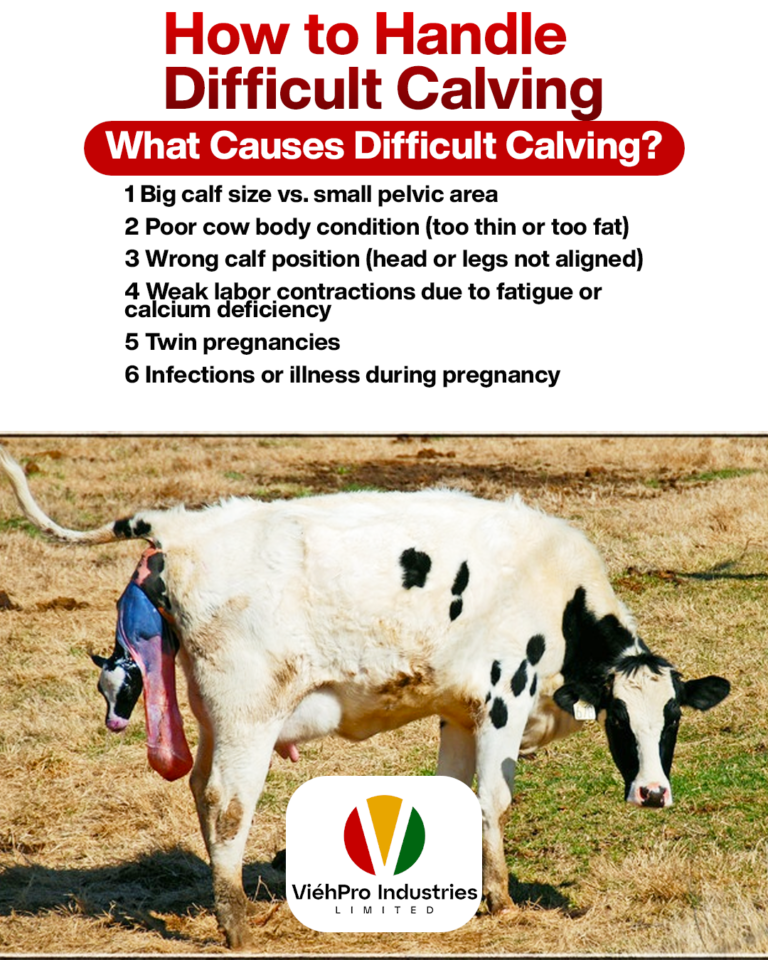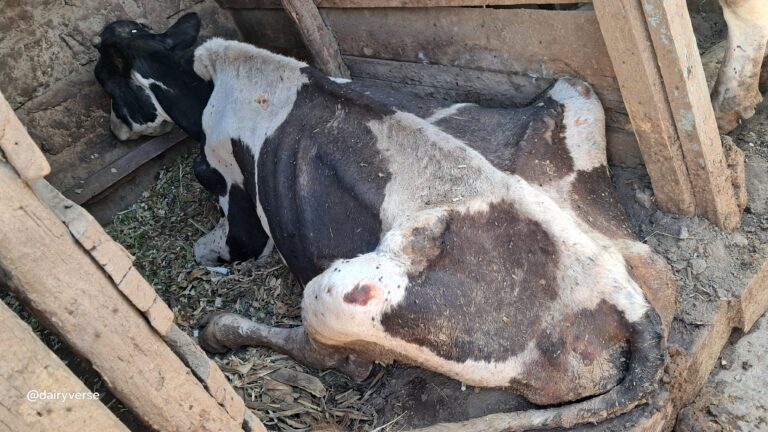Silage Making: A Comprehensive Guide to Quality Silage Preparation and Feeding
Silage is an essential component in the diet of livestock, especially during the lean seasons when fresh forage is scarce. It is a form of preserved green fodder that is highly palatable and nutritious for animals. Silage preparation, when done correctly, ensures that the forage retains its nutritional value and is easily digestible. This article explores the qualities of good silage, the process of fermentation, and the preparation steps for creating high-quality silage.
Qualities of Good Silage
Good silage exhibits several characteristics that ensure its quality. It should be:
- Color and Appearance: High-quality silage is typically golden yellow or greenish yellow in color. It should be bright, moist, and have a pleasant aroma.
- Airtight Sealing: After the silo is opened for use, it should be immediately sealed airtight to preserve its quality and prevent spoilage.
- Daily Feeding: Once opened, the silage should be removed and fed to livestock on a daily basis until it is finished to maintain freshness and nutritional value.
When Is Silage Ready for Livestock Feeding?
The time it takes for silage to be ready for feeding varies, but generally, after one and a half to two months of fermentation, the silage is considered ready. During this fermentation period:
- Fermentation Process: Enzymes and bacteria work to break down the materials, producing organic acids like lactic acid, acetic acid, and butyric acid. This process ensures that the silage is preserved and safe for consumption by livestock.
- pH Adjustment: The pH of the silage should drop to around 4.0, which is an ideal level for lactic acid fermentation.
- Aerobic Conditions: To avoid undesirable fermentation (such as butyric acid formation), silage should be stored under anaerobic conditions to ensure it stays preserved for longer periods.
Steps in the Preparation of Good Silage
The preparation of silage involves several key steps, all aimed at ensuring the end product is of high quality. These steps include:
- Crop Selection: Cereal crops, such as sorghum and maize, are suitable for silage-making. These crops should be cut at the 50% flowering stage and harvested about 45-50 days after the previous cut.
- Moisture Content: The harvested material should have a moisture content of 60-65%. This ensures the right balance for fermentation.
- Chopping: The material should be thoroughly chopped into small bits (1-2 cm) to increase the surface area for fermentation.
- Additives: Additives like urea or molasses can be added to encourage lactic acid fermentation and to discourage the growth of undesirable microorganisms.
- Airtight Storage: The silage should be packed into silos in uniform layers and sealed tightly to eliminate air. This is crucial for the anaerobic fermentation process.
- Sealing the Silo: To maintain anaerobic conditions, the silo should be sealed using materials like plastic sheets, mud, and dung. The sealing process should be done carefully to prevent air from getting inside the silo.
Silage Preservation
The process of conserving green fodder in its green form under anaerobic conditions is known as ensiling. The device used for silage preservation is called a silo. Silos can be constructed using a variety of materials, including brick, cement, or even stainless steel. Alternatively, pits can be dug in the ground and lined with cow dung and clay or cement mortar.
Conclusion
Silage is a valuable resource in the management of livestock, providing a reliable feed source during off-seasons. Proper preparation, including fermentation control, moisture balance, and airtight storage, is crucial to ensuring that the silage remains nutritious and safe for livestock consumption. By following the steps outlined above, farmers can produce high-quality silage that supports the health and productivity of their animals.







